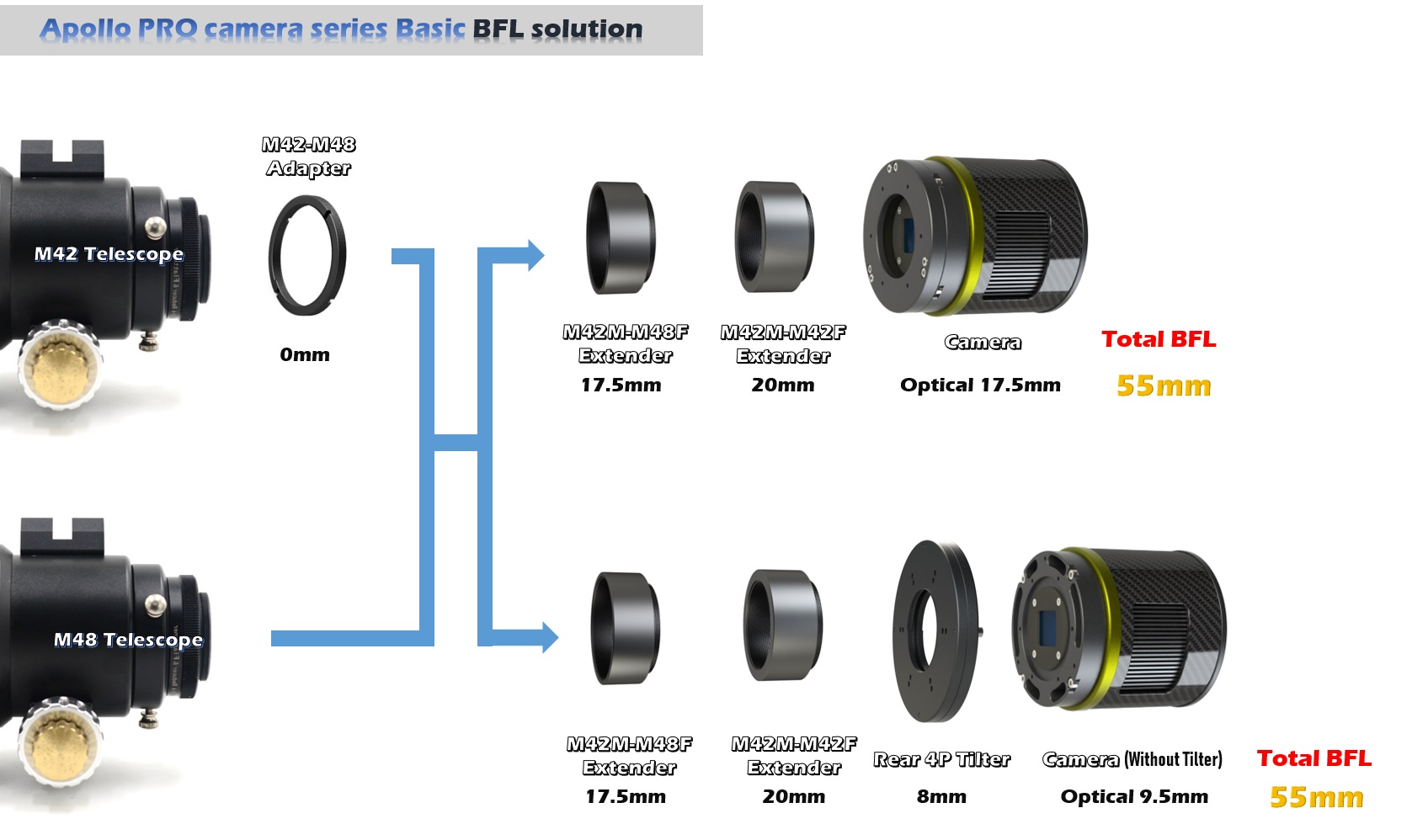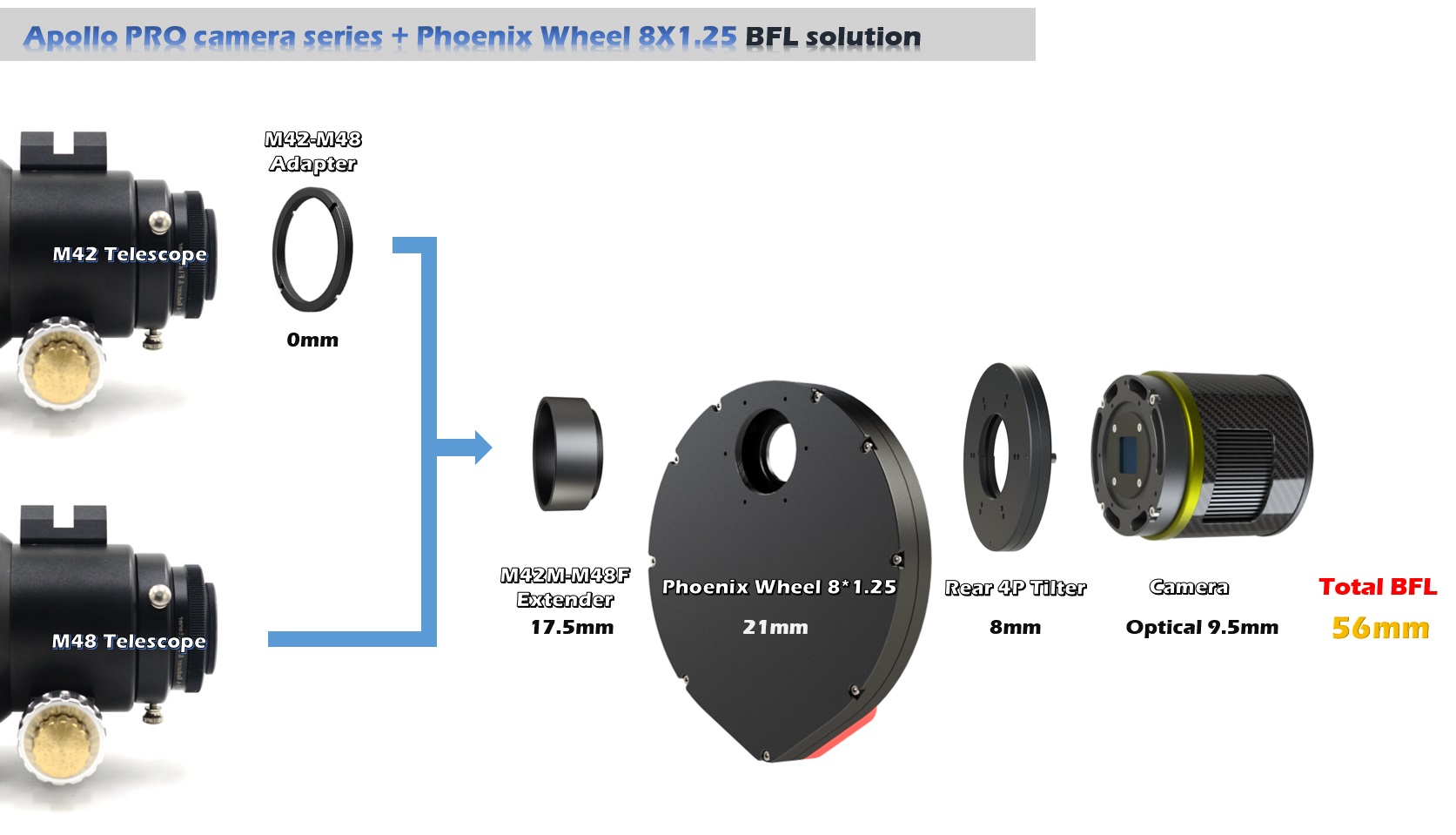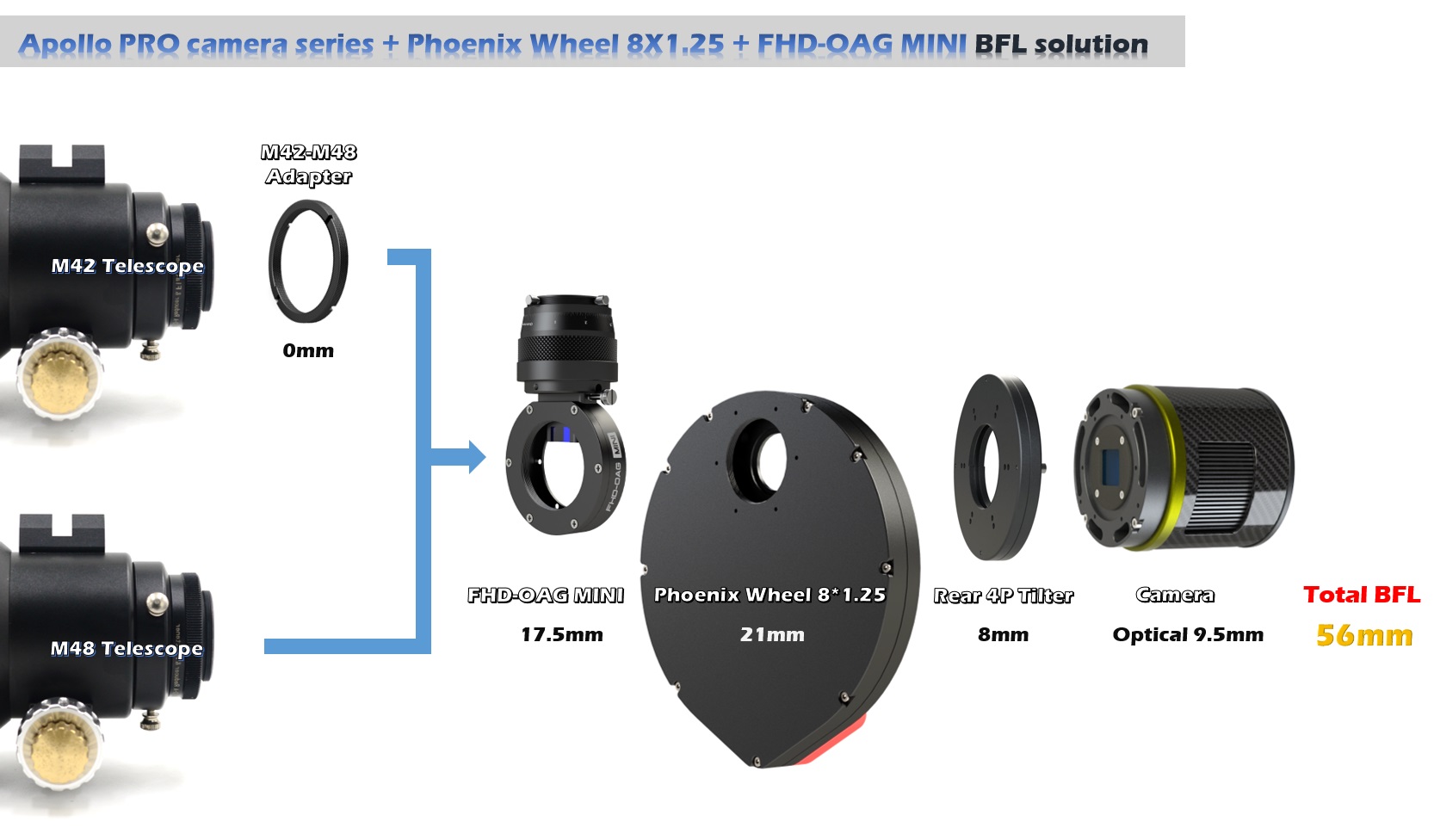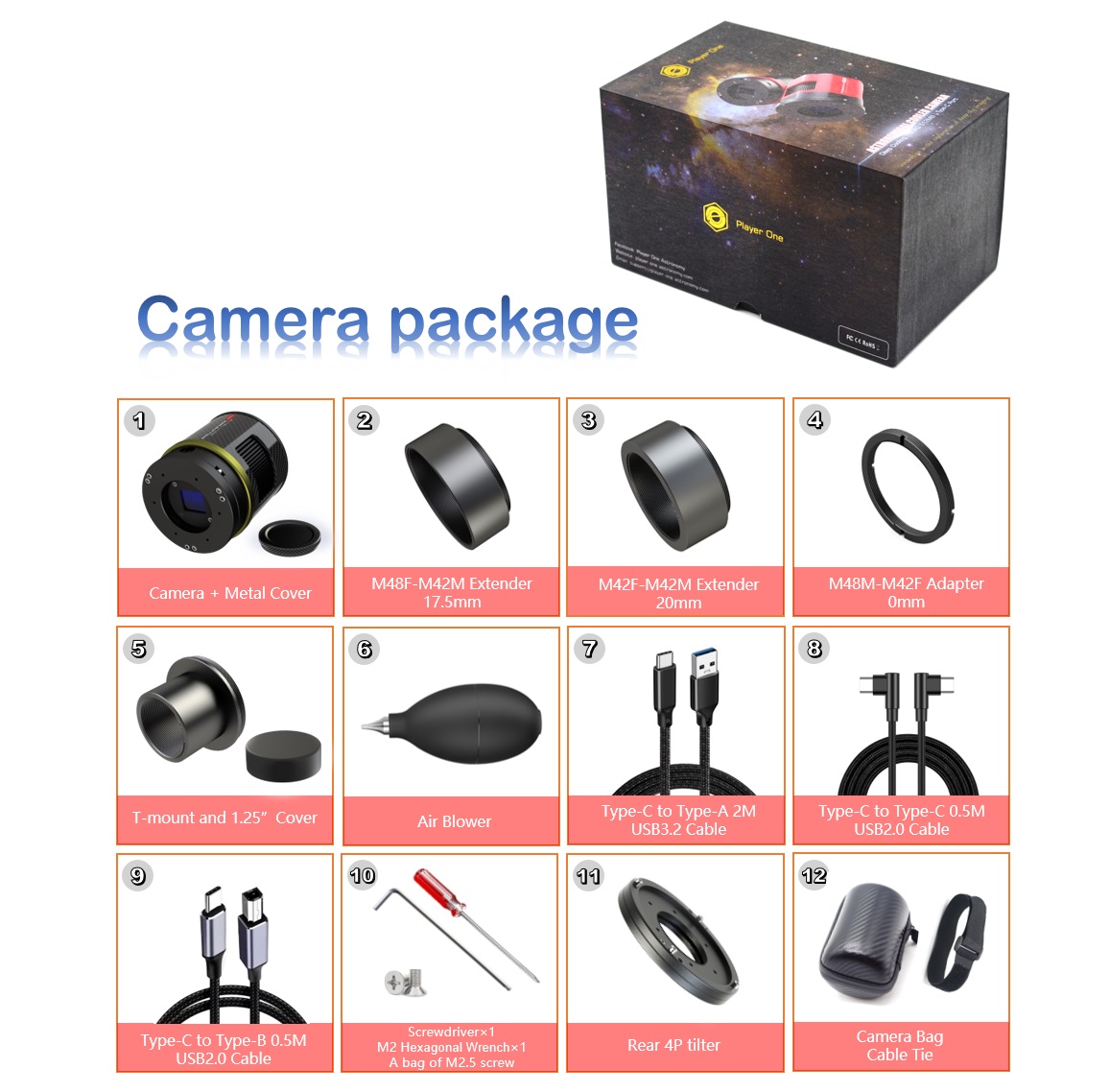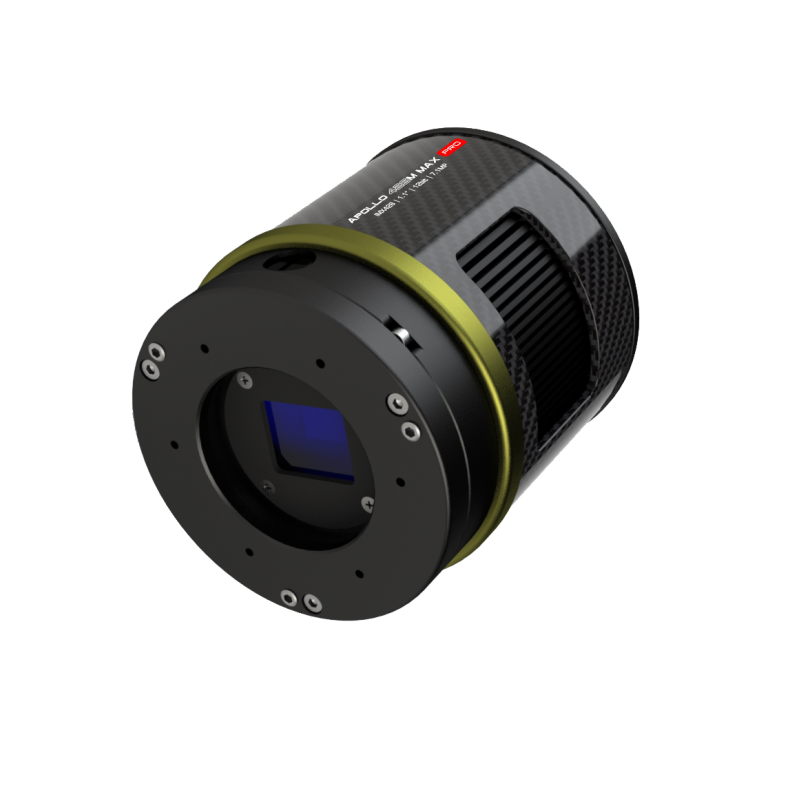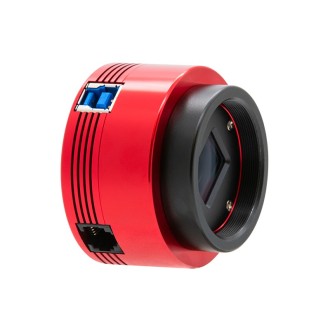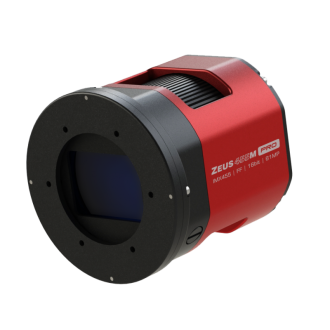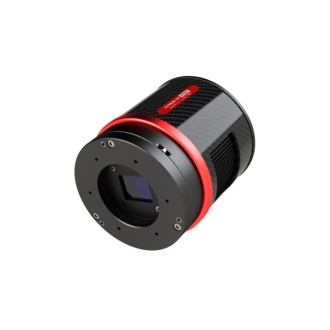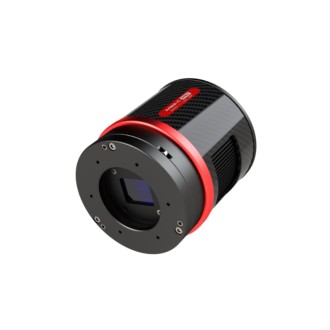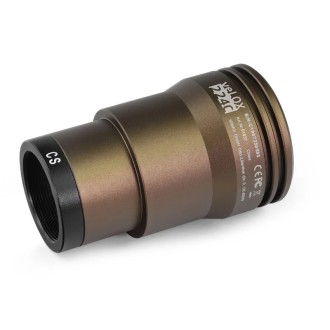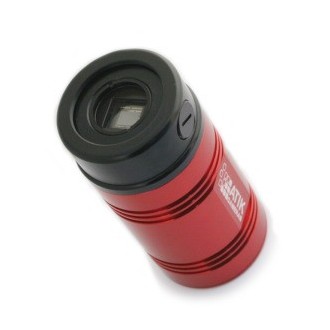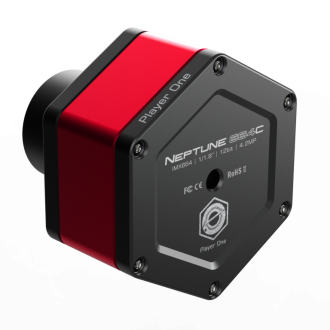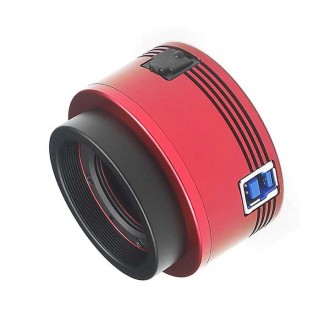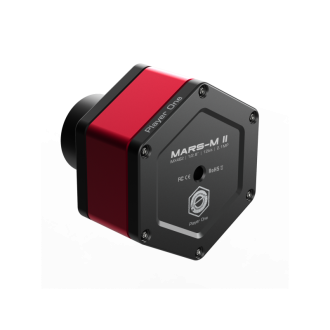Deliver it 7/15 days

Player One Apollo-M MAX Pro USB3.0 Mono (IMX428) Cooled USB3.0 Camera
The DSO line of refrigerated chambers is the most advanced product line in Player One's history. It brings the newest technology and design to everyone.
| Carrier | Description | Estimated Delivery | ||
|---|---|---|---|---|
 |
Home delivery - International | Home delivery - International |
Tuesday, 6 May - Tuesday, 13 May |
|

Home delivery - International
Home delivery - International
Estimated delivery:
Tuesday, 6 May - Tuesday, 13 May
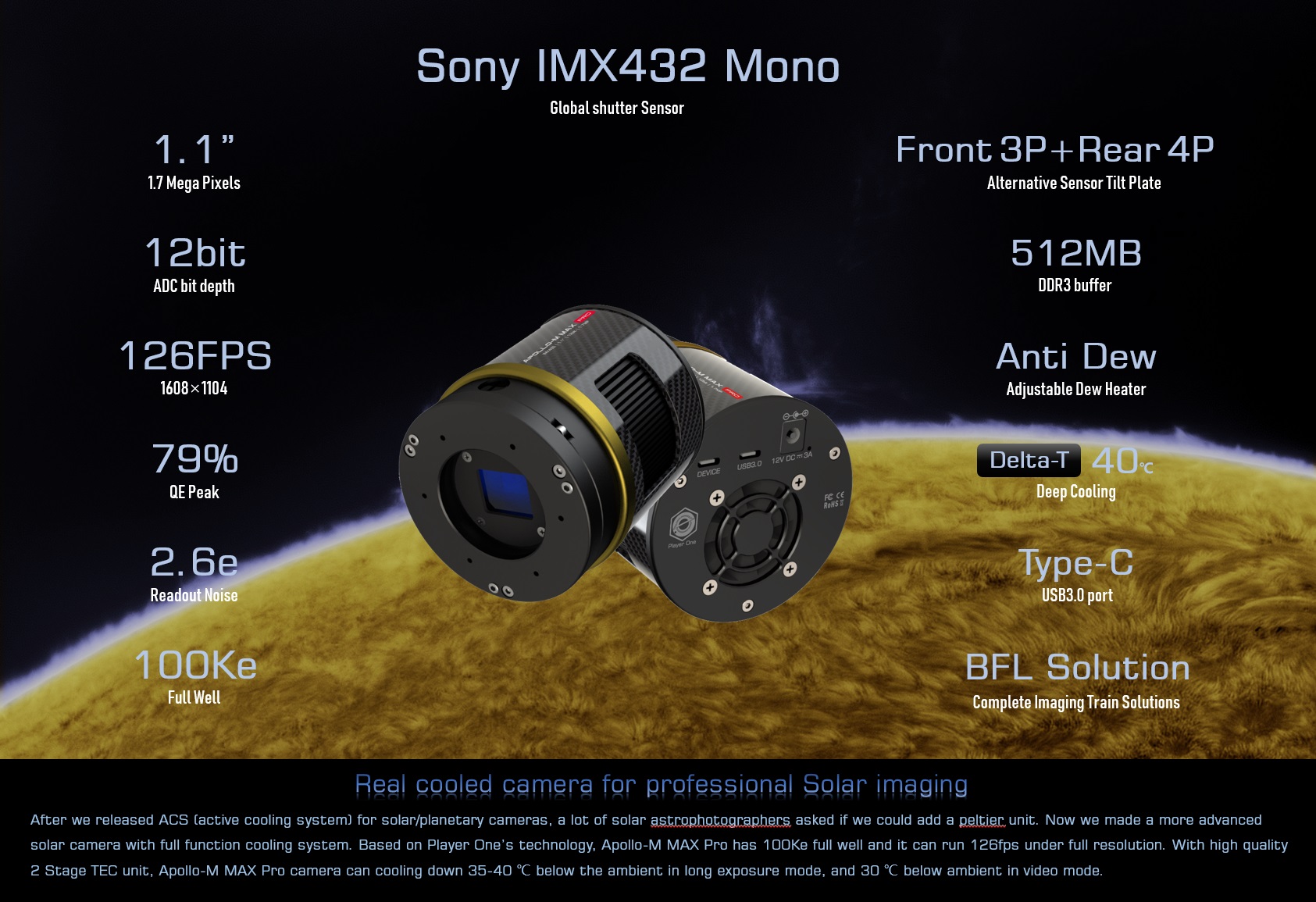
Power supply not included in the camera package, high quality 12 V 5 A power supply link: https://player-one-astronomy.com/product/12v-5a-power-supply-dc5-5-x-2-1mm/
Download drivers and software: http://player-one-astronomy.com/service/software/
Download manuals: http://player-one-astronomy.com/service/manuals/
Configuration tutorial (demo with Ares-C Pro): https://youtu.be/KULYpNa8SBM
PRODUCT DESCRIPTION
The Apollo 428M MAX Pro camera is a real refrigerated camera developed by Player One Astronomy for solar imaging. The Apollo-M MAX Pro camera adopts a 1.1" format Sony IMX428 monochrome sensor. The pixel size of 4.5 um supports a well depth of 25.3 ke with a total of 7.1 MP (the resolution is 3216*2208) and the diagonal is 17.5 mm .
PREGIUS Technology
Apollo 428M MAX Pro is based on Sony's third-generation Pregius technology, a global shutter technology used in CMOS sensors.
Format
Apollo 428M MAX Pro has a 1.1″ format, it is the largest sensor in the entire solar camera series currently, this size is quite large for taking images.
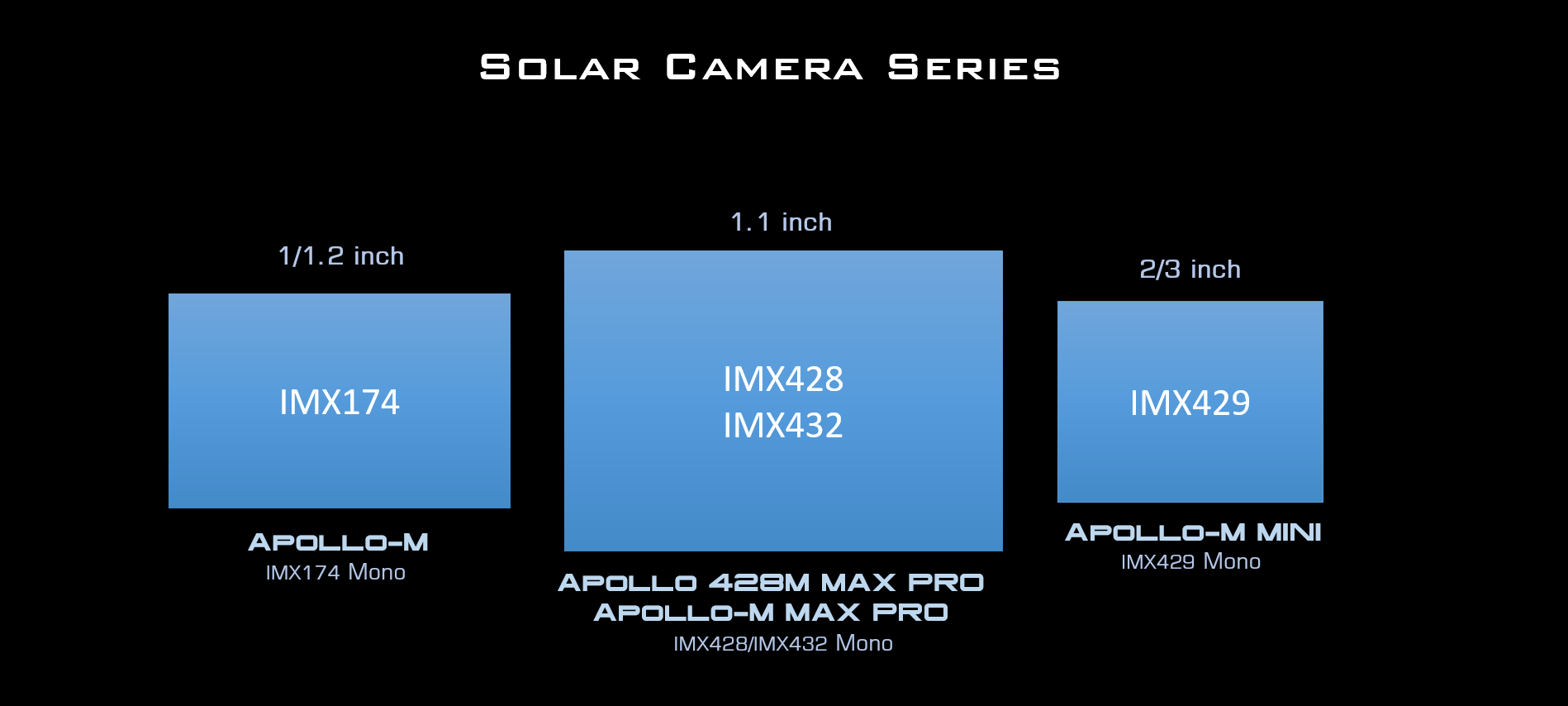
Pixel size
The 4.5 um pixel size is half that of the IMX432 camera, which means it will have 4 times the resolution of the classic Apollo-M MAX camera.
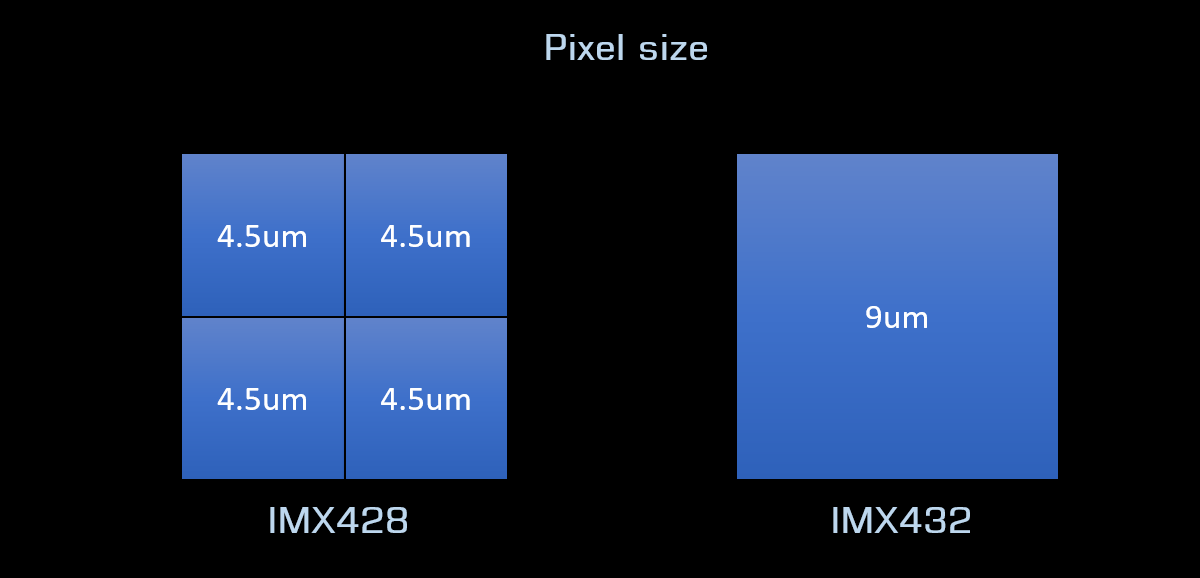
HIGHLIGHTS:
BIN mode
The Apollo 428M MAX Pro has a pixel size of 4.5 um, half the size of the Apollo-M MAX. If we use bin2, it will look more like an Apollo-M MAX, and the 3-bin combination mode will have some advantages:
Hardware BIN2 mode MONO8 : full up to 4x (100Ke), 10-bit ADC, FPS up to 135 FPS .
Hardware BIN2 mode MONO16 : full up to 4x (100Ke), 12-bit ADC, FPS up to 109 FPS .
MONO16 software BIN2 mode (sum mode): full well up to 4x (100 Ke), bit depth up to 14 bits, FPS will remain at 27 FPS.
Avant-garde design
The Apollo 428M MAX Pro cooled camera uses the same design as the Ares cooled series, but with a little difference! With a round body, a gold and black color scheme and using carbon fiber to keep weight low and a cutting edge look. We also integrated the sensor tilt plate and anti-scratch PCB board. This series design makes the camera not only light and cool, but also functional!
Front tilting plate 3P and rear tilting plate 4P
When photographing deep sky objects, the sensor tilt plate can be used to adjust the tilt angle of the sensor to make the stars in the corners more rounded. The Apollo 428M MAX Pro camera features a front and rear tilt plate that satisfies all usage scenarios.
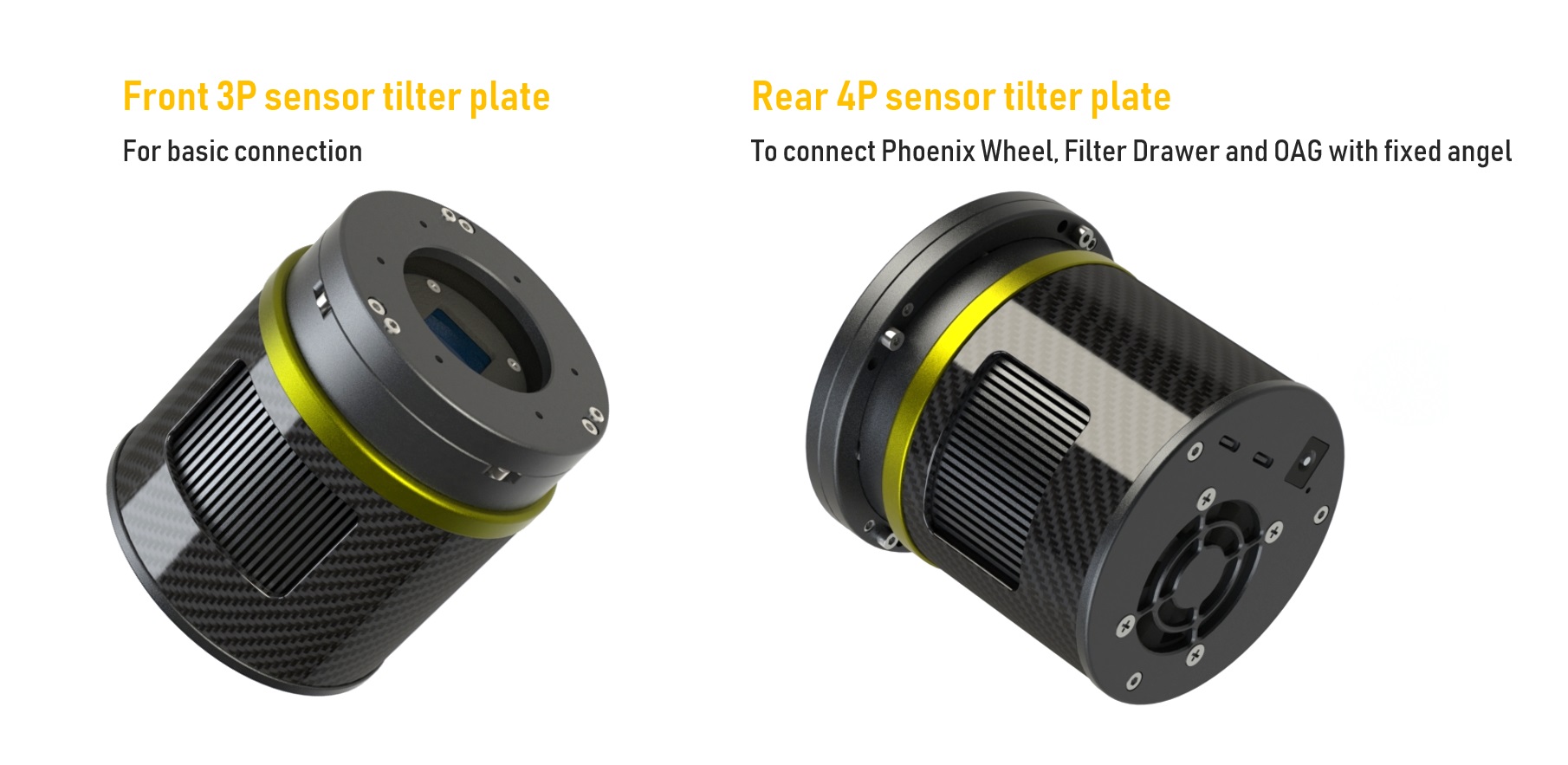
The 3P front tilt plate is the default part of the camera; we believe most users have experience with this before. It works well in many basic scenarios.
4P rear tilt plate is an alternative part for camera, when using filter wheel/filter box and OAG with fixed angle, it is necessary. And it is also convenient for RASA users to adjust the tilt angle of the sensor.
The built-in high-density sponge shading pad can block the light from the side slits without any side leakage.
Carbon fiber and light weight
The Apollo 428M MAX Pro uses carbon fiber in the camera housing and its structural design has been optimized to reduce weight. The camera weighs only 420 grams, making it one of the lightest models on the market.
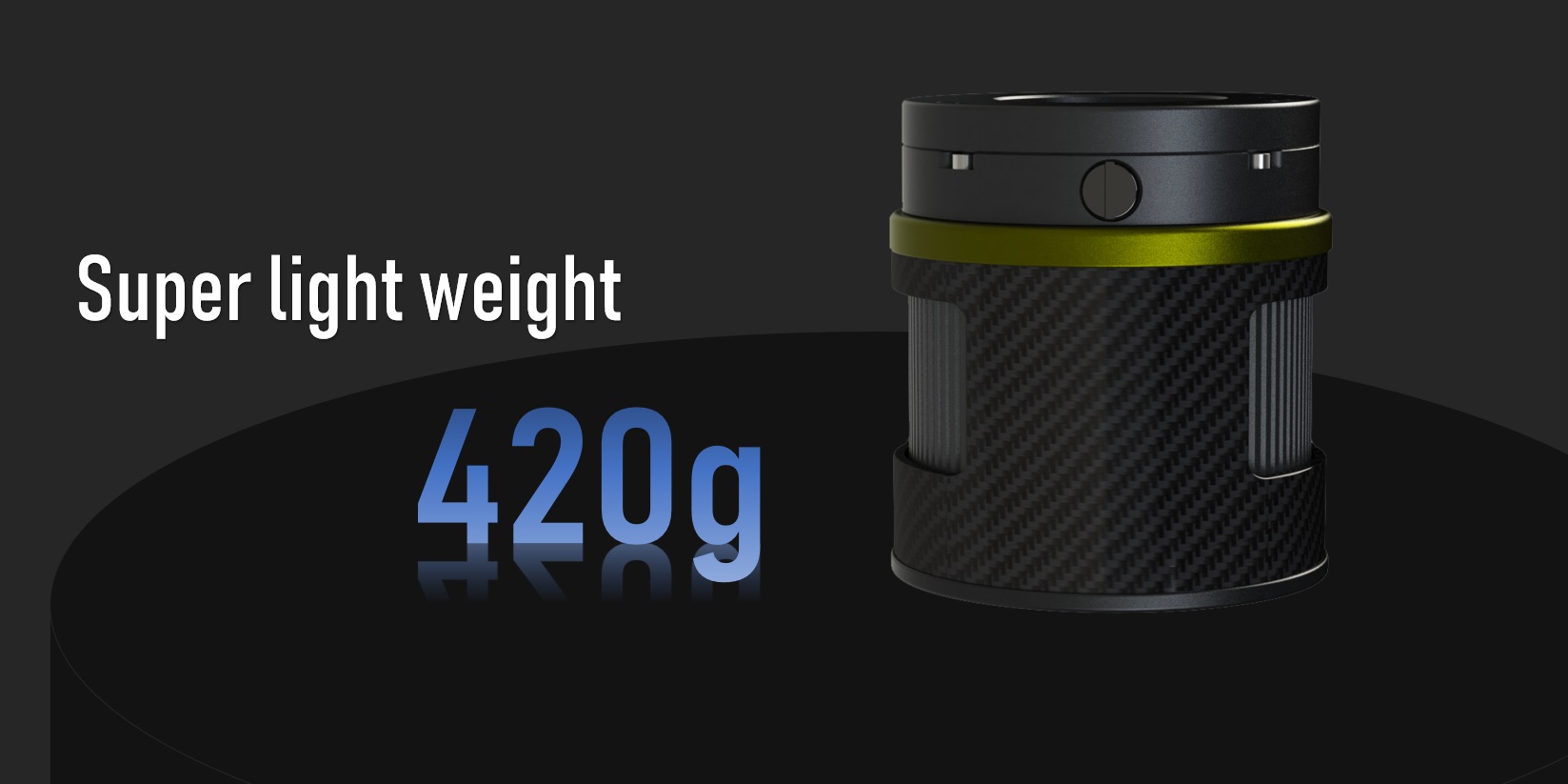
Deep cooling
Player One series of refrigerated chambers use 2-stage TEC cooling unit, after improving the structure design to reject heat back to the chamber chamber, Delta-T chamber can reach 35-40 ℃ .
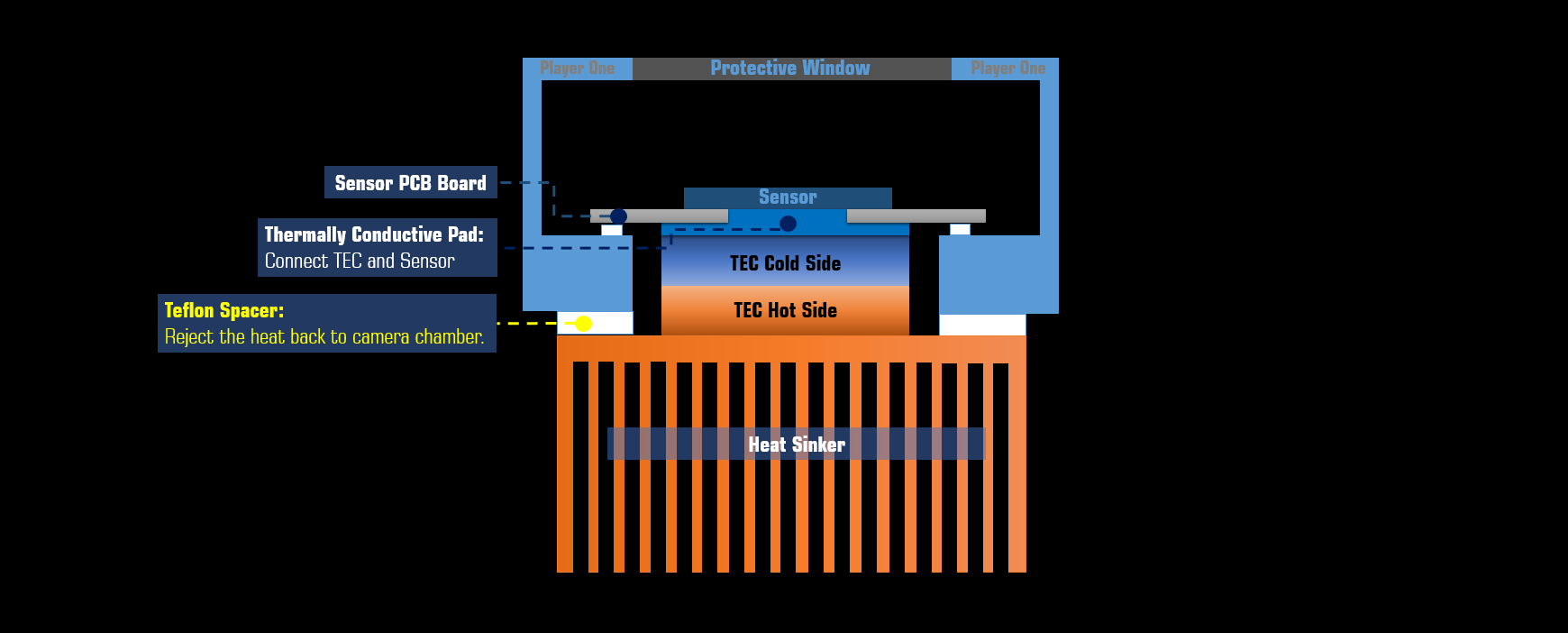
Anti-dew heater
In the design of lightweight refrigerated chambers, Player One still strives for perfection; all the necessary features it must have, especially the anti-frost system, is the problem that many small refrigerated chambers ignore.
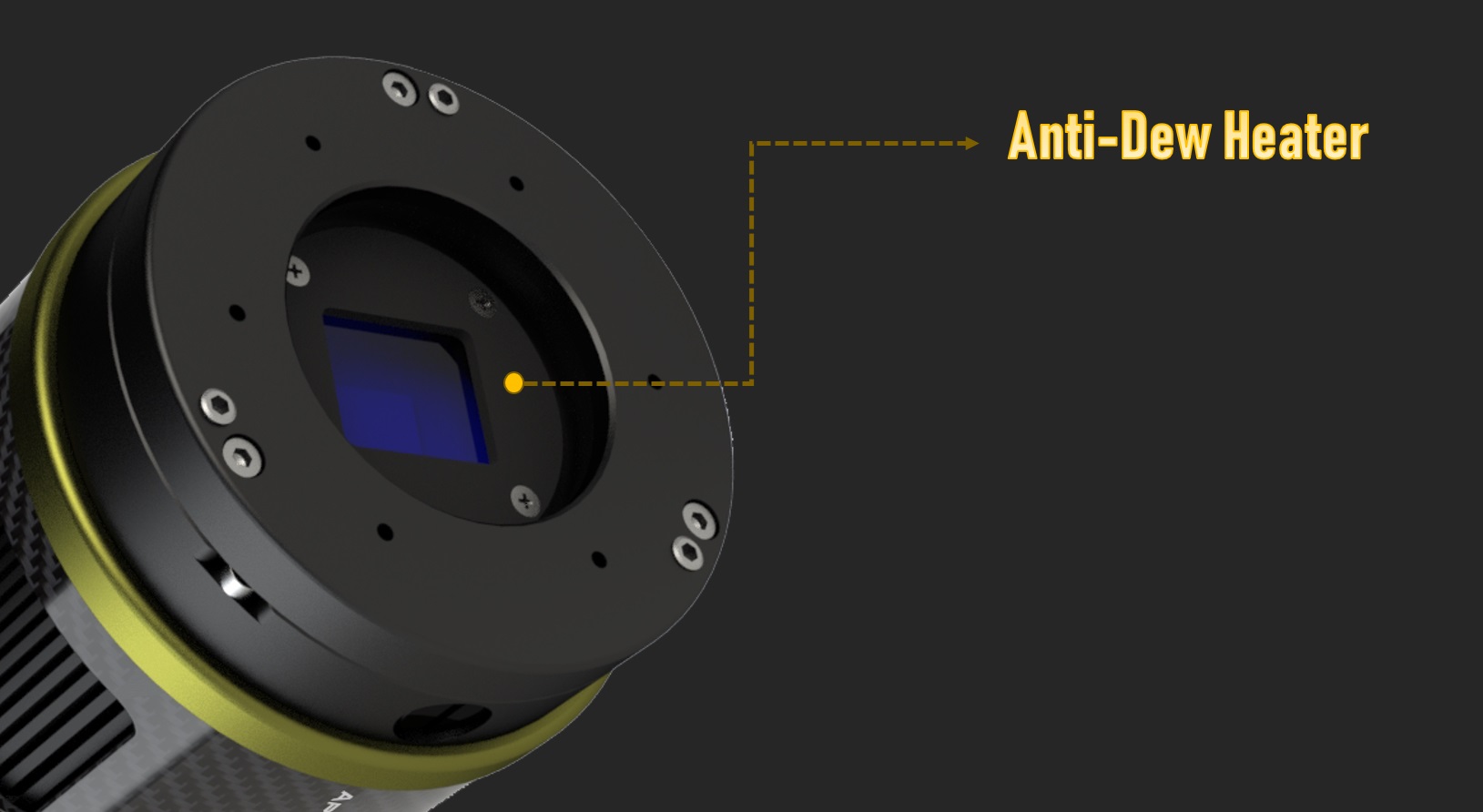
HCG and Noise
The HCG mode will automatically open when the gain is ≥70, the read noise will be reduced to 2.4 e and the dynamic range will increase to 12 drops again.
With a gain of 450, the read noise of the Apollo 428M MAX Pro camera is 1.4e, which is lower than that of IMX432.
Amp-Glow performance
The Apollo 428M MAX Pro is not a camera without amperage effect, but its amperage effect is very smooth and we believe it will be easier to calibrate. In solar photography, it will not be a problem at all.
300 s at gain = 0, -10 degrees, dark frame from Apollo 428M MAX Pro camera:
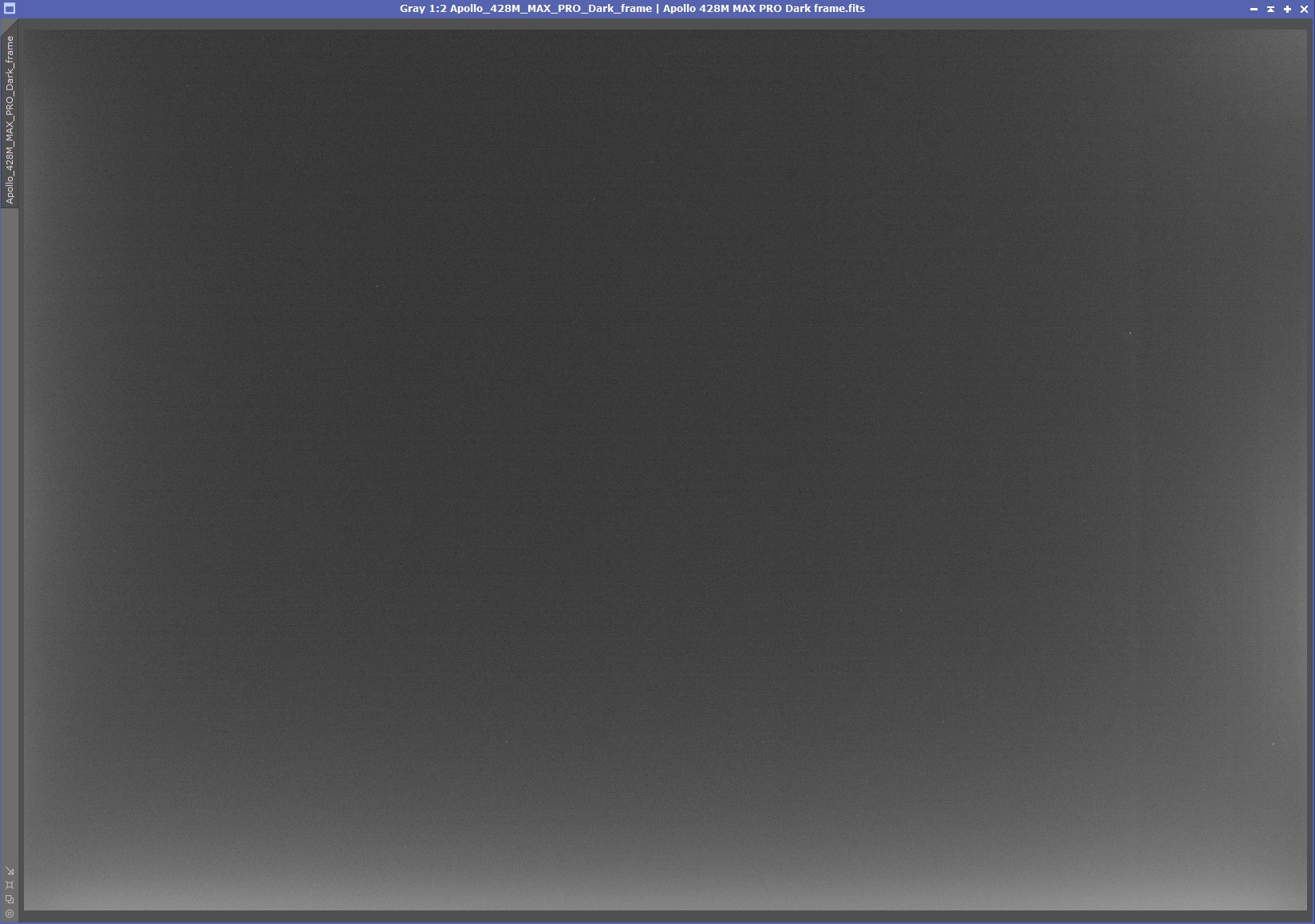
Dark frame preview: exposure = 300 s, gain = 0, temperature = -10 ℃ Automatic STF stretching in Pixinsight 1.86
A512 MB of DDR3 cache
As an improvement, the DDR3 cache memory in the cooled cameras has been increased to 512 MB. This helps stabilize and secure data transmission, effectively prevents frame loss and greatly reduces read noise.
With the DDR3 cache memory, the camera is no longer demanding in terms of computational needs and will continue to perform excellently even when connected to a USB 2.0 port.
Type-C data port and power port
The rear part of the cooled camera has 2 Type-C data ports and a 5.5 × 2.1 mm 12 V DC power port.
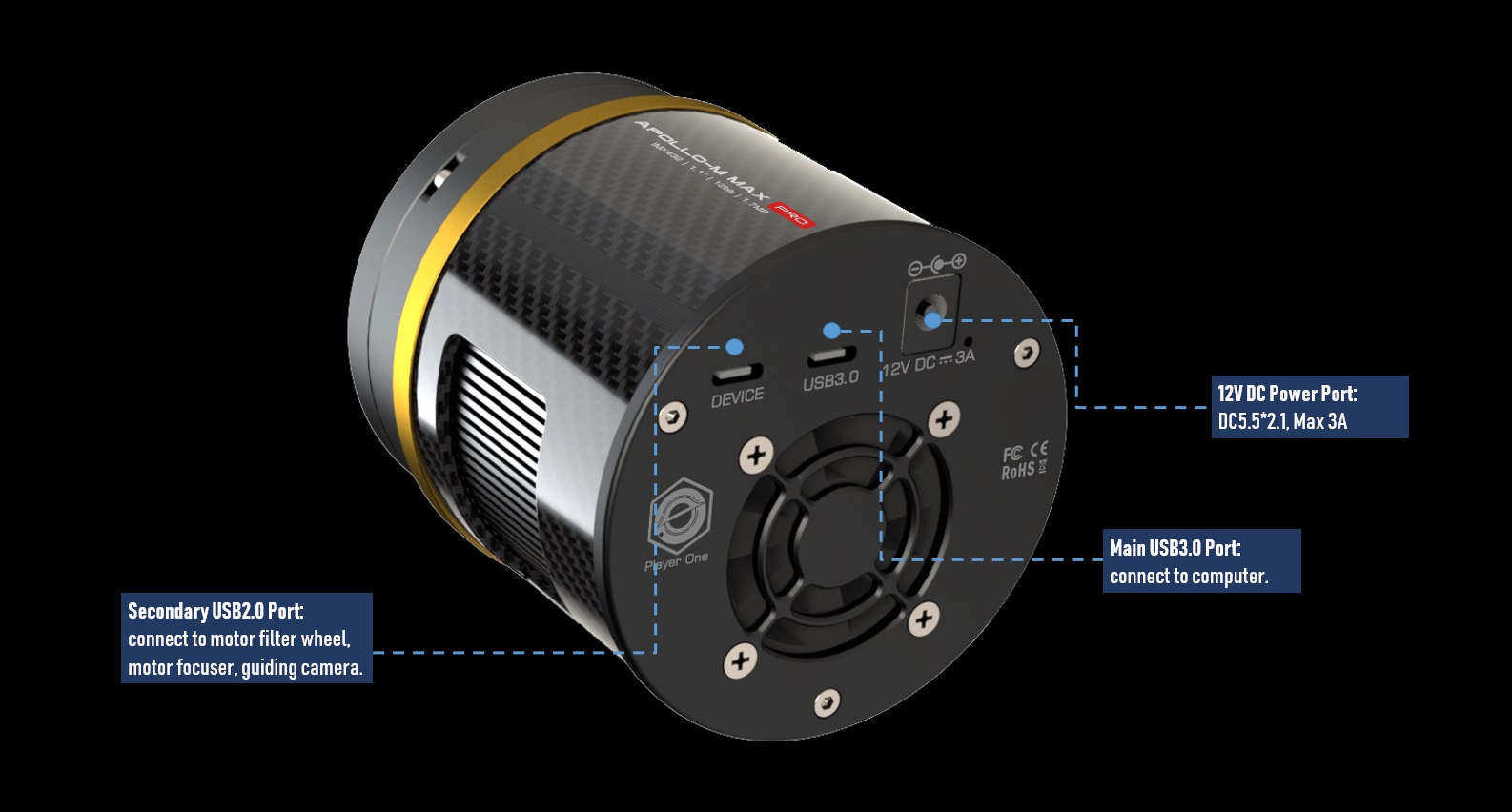
The main data port supports USB 3.0 protocol. The Type-C port is easier to connect when assembling the imaging equipment at night. When the camera is connected to the USB 3.0 interface and full resolution preview is used,can achieve 51 FPS in 10-bit mode (RAW8) and 27 FPS in 12-bit mode (RAW16).
When recording images, since the actual writing speed will be affected by the writing speed of the hard disk itself, when the writing speed of the hard disk is slow, the recording may not reach the theoretical speed. It is recommended to use a high quality solid state drive to record data and take full advantage of the camera's performance.
The camera has a 5.5 x 2.1 mm 12 V DC port to provide sufficient power to the TEC cooling system. If you do not need to power the cooling system, you only need to connect the main type C port; the camera will operate as an uncooled camera.
Standard cable usage

Cooling system and anti-dew heater
In the ASCOM window, we provide 3 adjustable parameters: Target temperature, Fan speed and Anti-dew power.
Delta-T standard: 35℃-40℃(long exposure mode), 30℃(video mode),Whenambient temperature is 30℃, fan speed is 100%, spray heater is 1%.
Recommended Delta-T configurations: 30℃-℃ below ambient temperature, fan speed 50-70 %, dew heater 10 %, power consumption 40-60 %.
The rotation speed of the cooling fan is also adjustabledefault value is 50% ofSpeed.
The problem of dew is the biggest enemy of astronomical images. The camera has a dew heater built into the front of the camera. The heat power is adjustable.
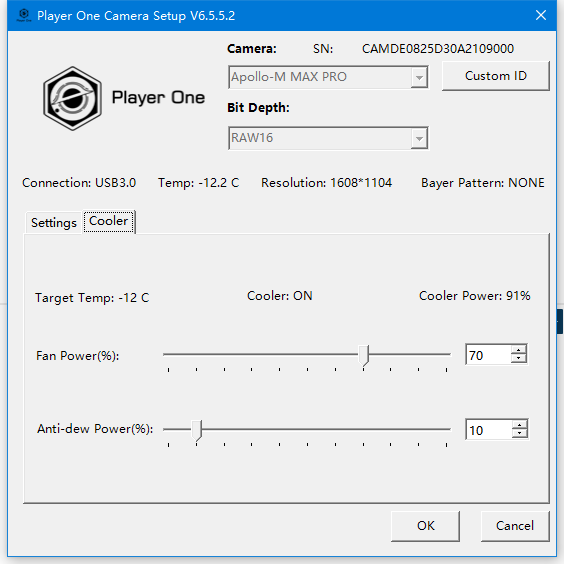
Overvoltage and overcurrent protection mechanism
Player One cameras produced by the number one player ensure the safety of your camera and other equipment through overvoltage and overcurrent protection mechanisms.
Performance
HCG open with gain=70
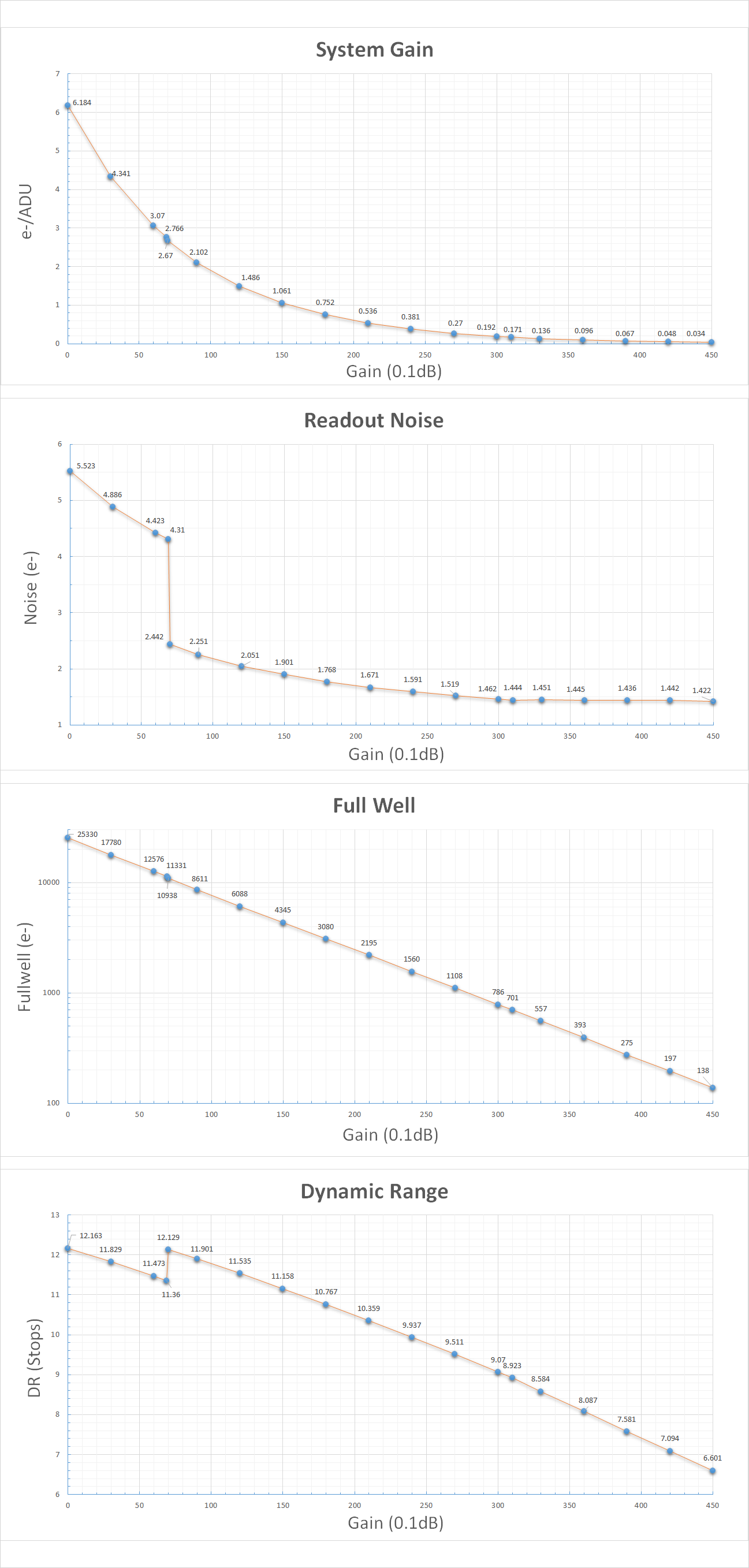
Reading noise
As for read noise, we solemnly promise that all values are obtained from real tests. And users can use Sharpcap 4 for testing. SC4 has a function called Sensor analysisWhich provides a very simple way to test the reading noise.
We wrote a tutorial on our website:https://player-one-astronomy.com/service/manuals/
If you are interested in testing the read noise, you can try it yourself, which is very simple.
Dark current
The dark current is 0.08e/s/pix at -20℃ and 0.1e/s/pix at 0℃.
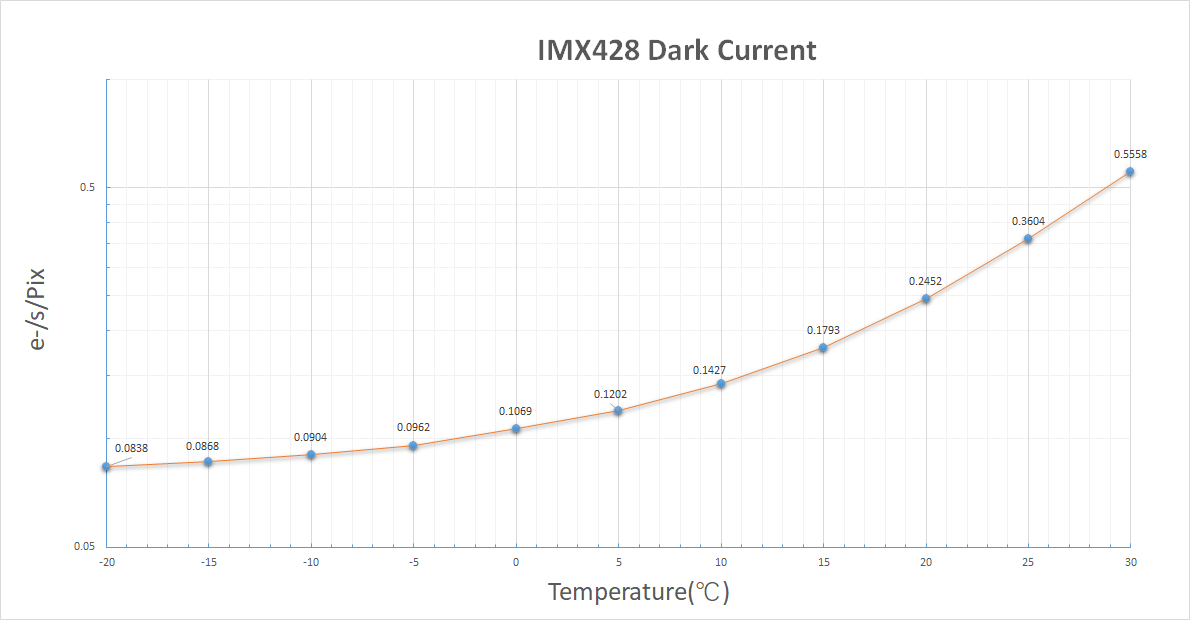
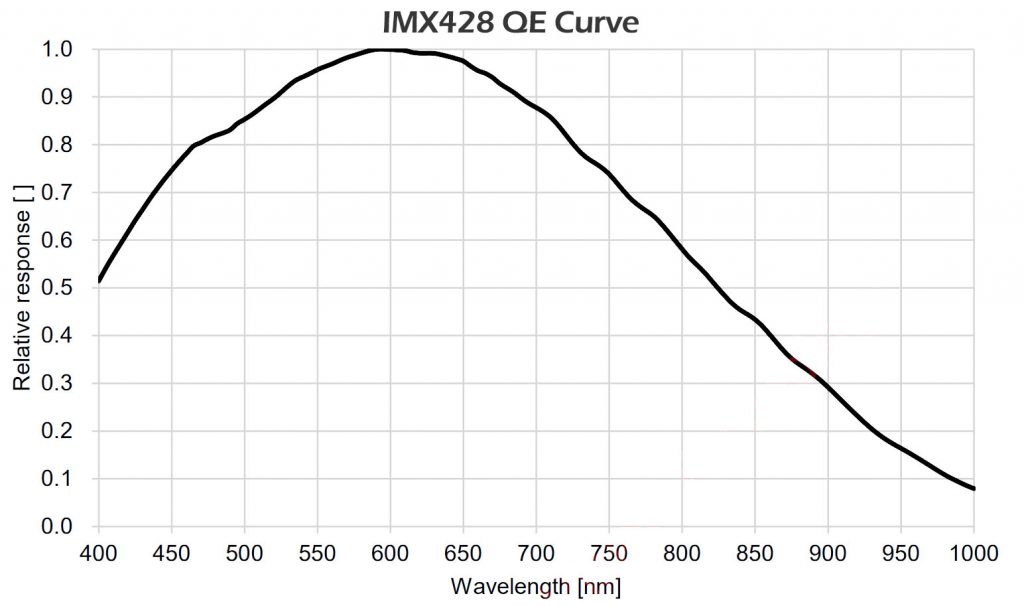
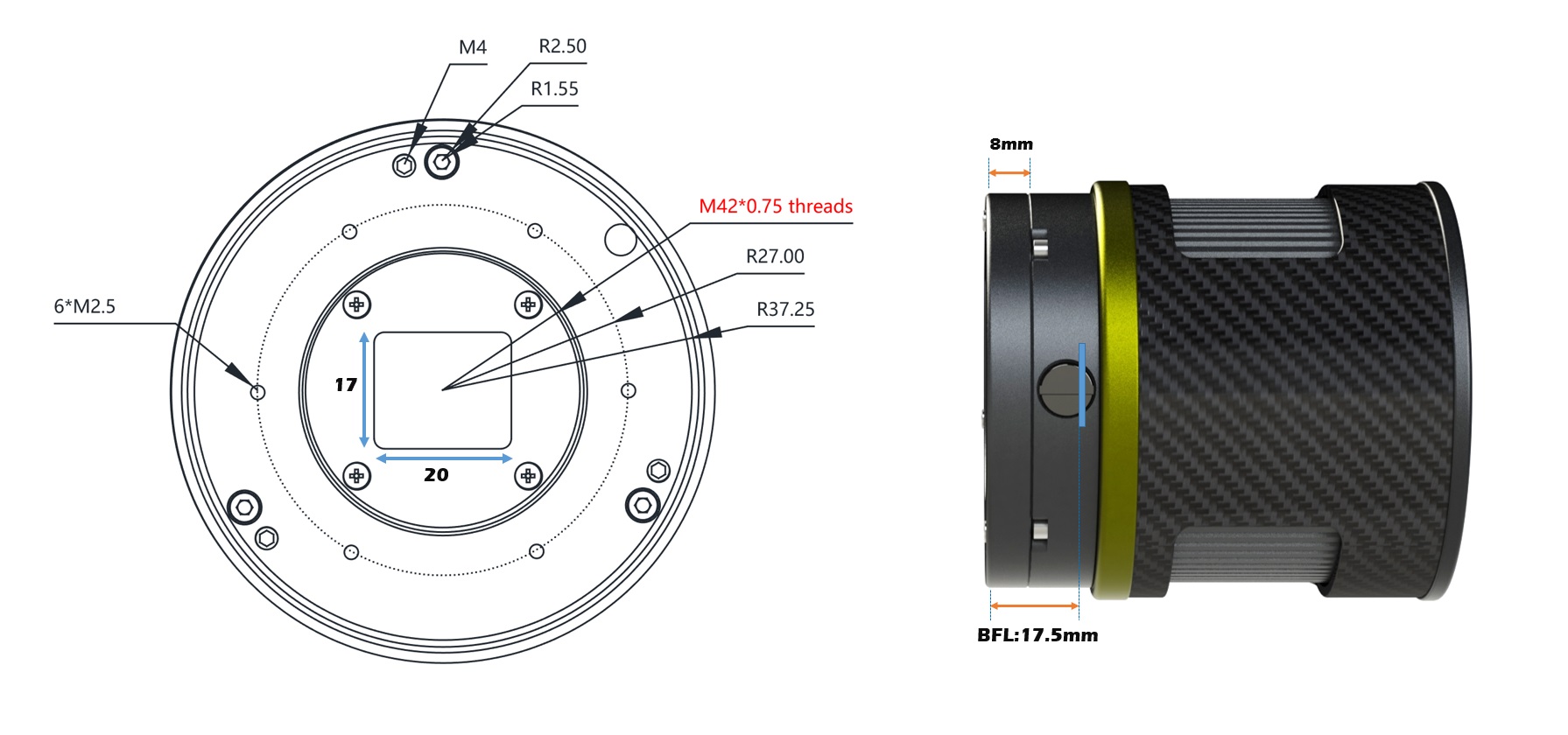
BFL Solutions
Below are some recommended 55 mm BFL solutions for this camera. If you do not consider the BFL, there are several ways of connection.
